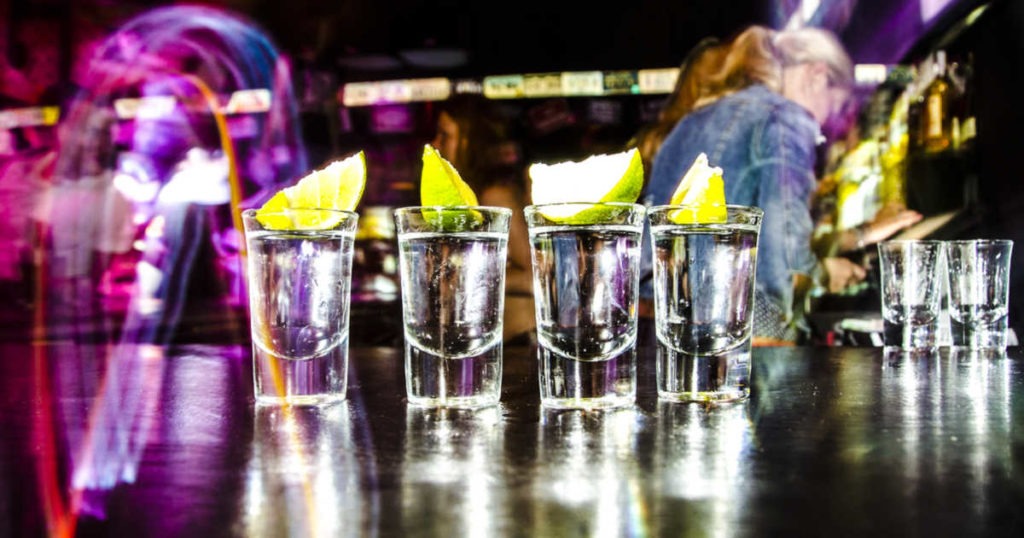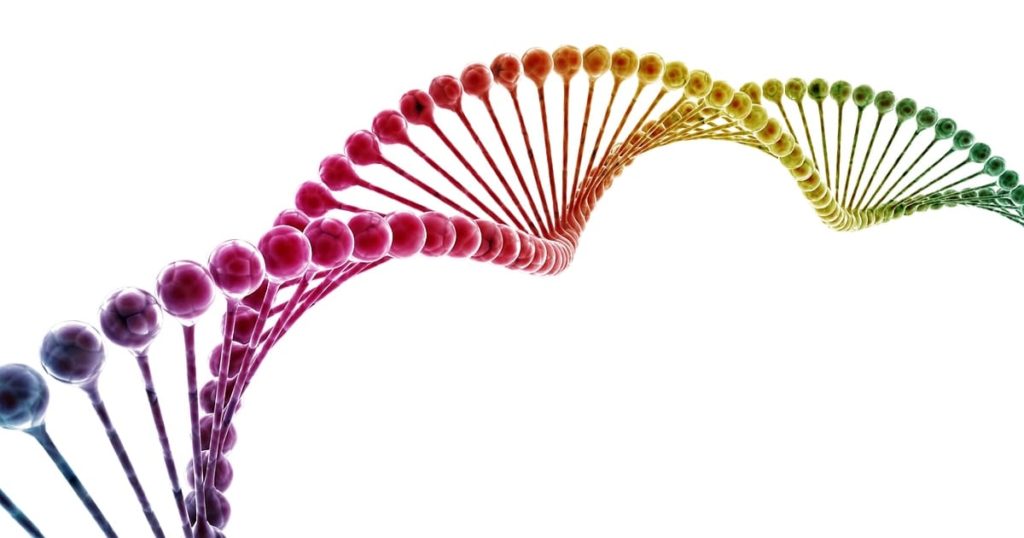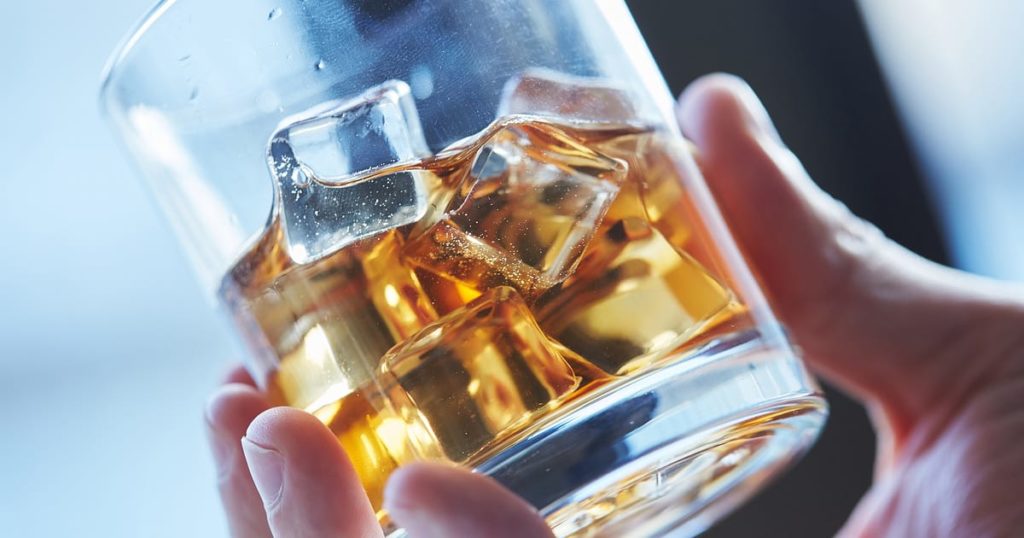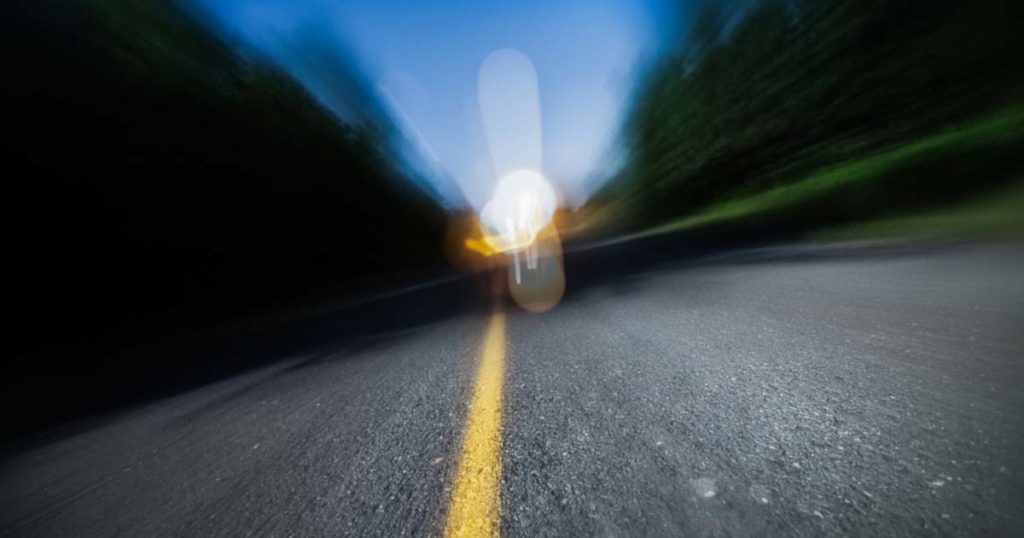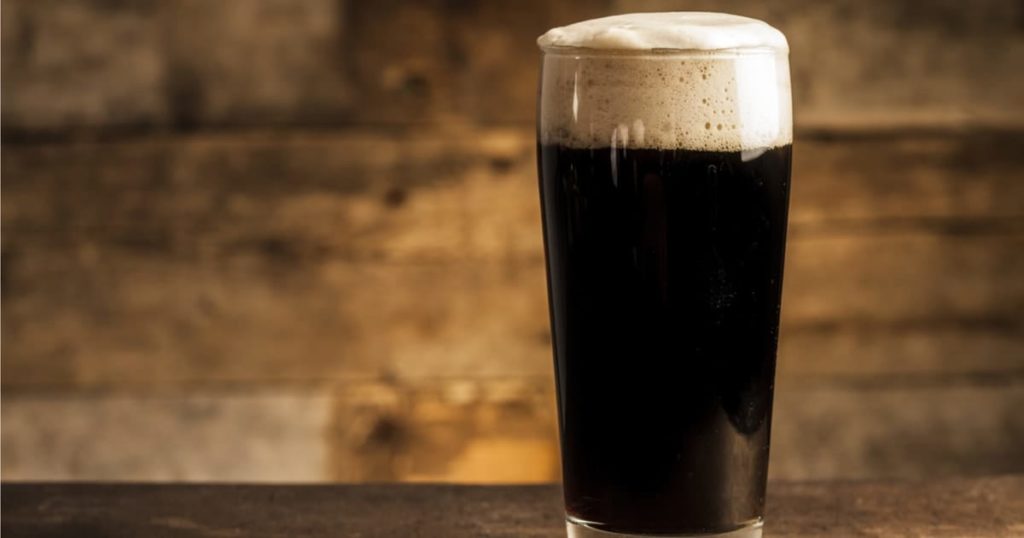You don’t often hear the words “beer” and “health” in the same sentence, but there may be some exceptions to that rule. Non-alcoholic beer has gained popularity in recent years as an option for pregnant women or others wishing to abstain from drinking alcoholic beverages. But do non-alcoholic beers have alcohol in them? If so, how much? And are they actually good for your health? And, what about non-alcoholic beer in recovery? If you are a recovering alcoholic, you may be wondering if it is safe for you to drink non-alcoholic beer and still maintain your sobriety.
Do non-alcoholic beers have alcohol in them?
To be labeled as “non-alcoholic beer” in the United States, the beverage may contain up to 0.5% alcohol by volume (ABV). Light or “lite” beer contains less alcohol than regular beer — typically between 2% and 3% ABV. Most brands of non-alcoholic beers available in the United States contain between 0.3% and 0.5% ABV, including:
- Clausthaler Golden Amber: 0.3% ABV
- O’Doul’s 0.5% ABV
- Coors Non-Alcoholic Beer 0.5% ABV
- Sharp’s 0.4% ABV
- Kaliber 0.5% ABV
Decisions, Decisions
For the health-conscious consumer, buying non-alcoholic beer is a project. First, consider why you want non-alcoholic beer. For health reasons that do not include addiction or alcoholism, you may be able to find options that meet your needs. For example, if you want to follow medical guidelines for limiting and restricting alcohol consumption during pregnancy but love the smell and taste of beer, non-alcoholic beer may be a safe choice. For people with certain allergies, non-alcoholic beer may also be the best choice. The second step is to read the product labels or cartons to make sure you know exactly how much alcohol is in the non-alcoholic beer you select. You may find a brand that offers an even lower ABV than the ones listed here, but most are in the range listed above. Lastly, remember these “non-alcoholic” beers do contain alcohol. Not only that, they are crafted to resemble regular beer as closely as possible. The smell, taste, and even that classic carbonation “pop” you hear when you remove the cap can trigger cravings for the real thing for someone in recovery. There is much debate and discussion about whether or not drinking non-alcoholic beer is safe for people in recovery, but most agree that there is at least some risk in doing so. Sources https://www.webmd.com/mental-health/addiction/news/20160811/would-weaker-beer-help-reduce-alcohols-harms https://www.verywell.com/dangers-of-drinking-non-alcoholic-beer-63665 https://www.beeradvocate.com/lists/style/5/

